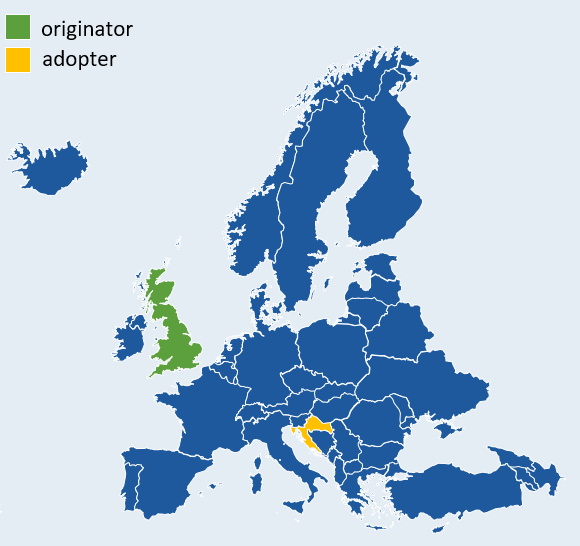The DHE Twinning “Strengthening the Capacity for the Analysis of Electronic Healthcare Data” (SCAN) has proved to be a successful example of the project addressing better data to advance research, disease prevention and personalised…
Twinning solution
Twinning type
Main policy priority
Originator
Adopter(s)
Short description
The purpose of SCAN is to ensure knowledge transfer from MHRA to HALMED with the aim of setting up a sustainable system for using the existing Croatian Central Health Information System (CEZIH) for observational research, generation of scientific evidence on drug-related issues and post-marketing drug regulatory decision-making by using real-world data. So far, there is a vast amount of underutilized electronic healthcare data (including administrative healthcare databases, insurance databases, electronic health records, and different types of registries) in Croatia.
MHRA’s extensive experience in the use and analysis of electronic healthcare data for monitoring medicine safety will thus be used to help set up a similar process within HALMED’s Pharmacovigilance department, including organisational, technical and financial aspects of the process. The project will be divided into 4 tasks in order to map both existing systems and perform gap analysis, followed by a case study done by HALMED and supervised by MHRA.
Eventually, the Croatian drug regulatory authority will improve its capacity to use available electronic healthcare data for a variety of different use cases, and therefore, generate better informed regulatory decisions.
